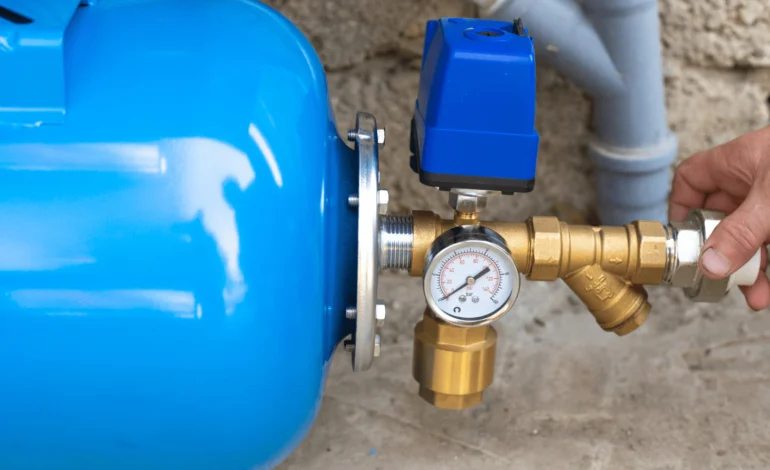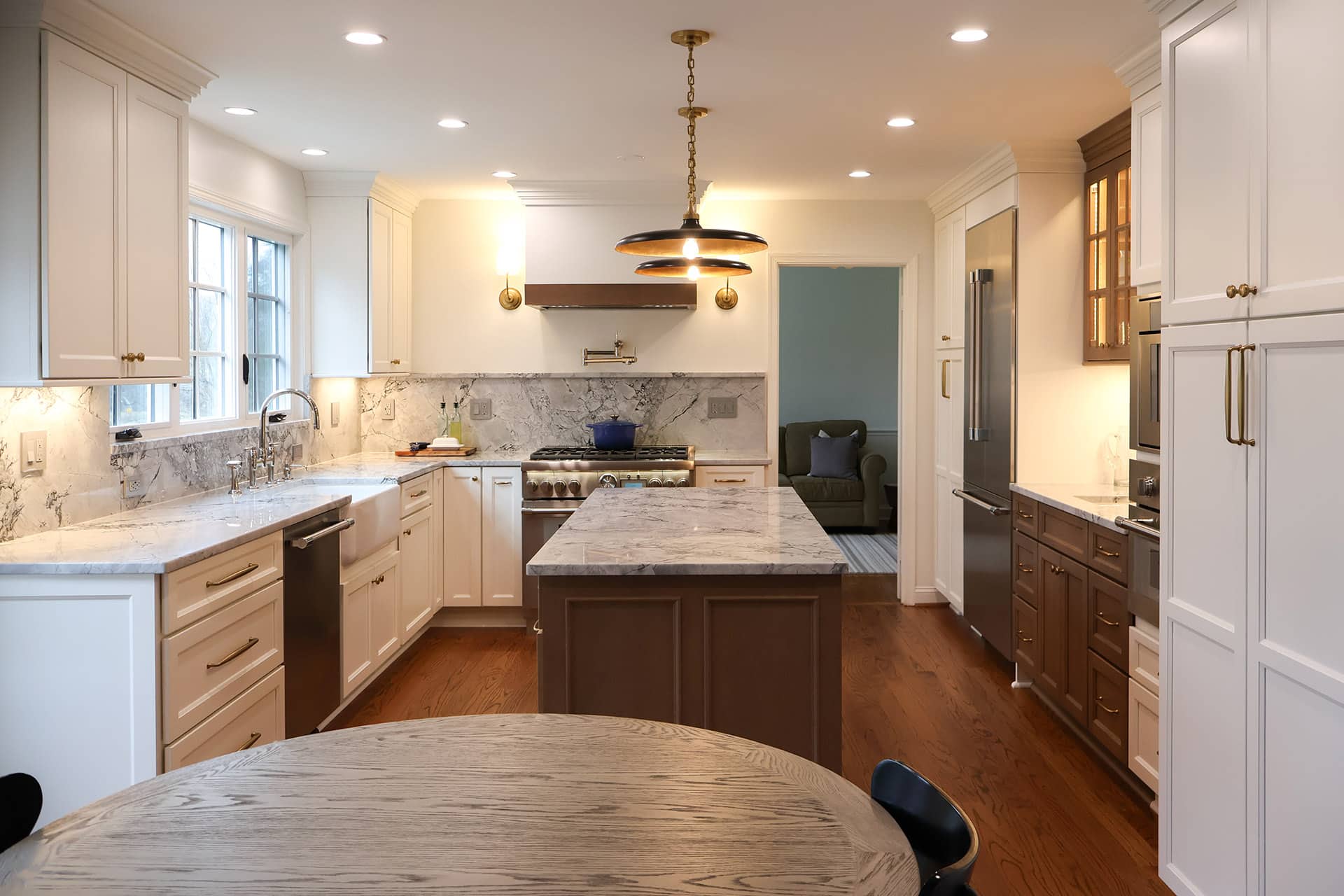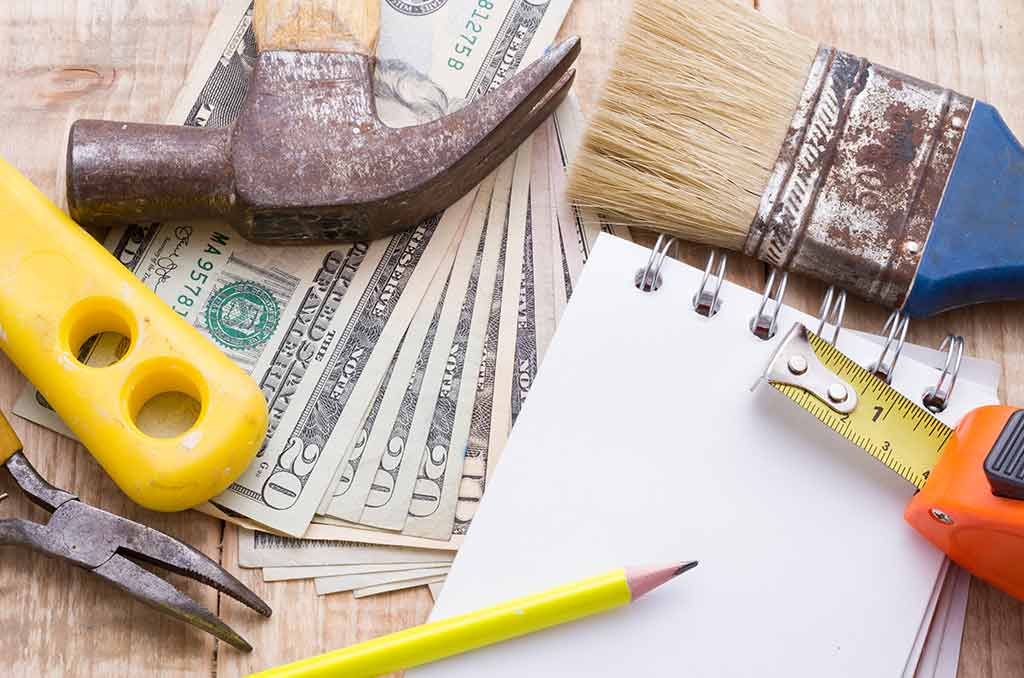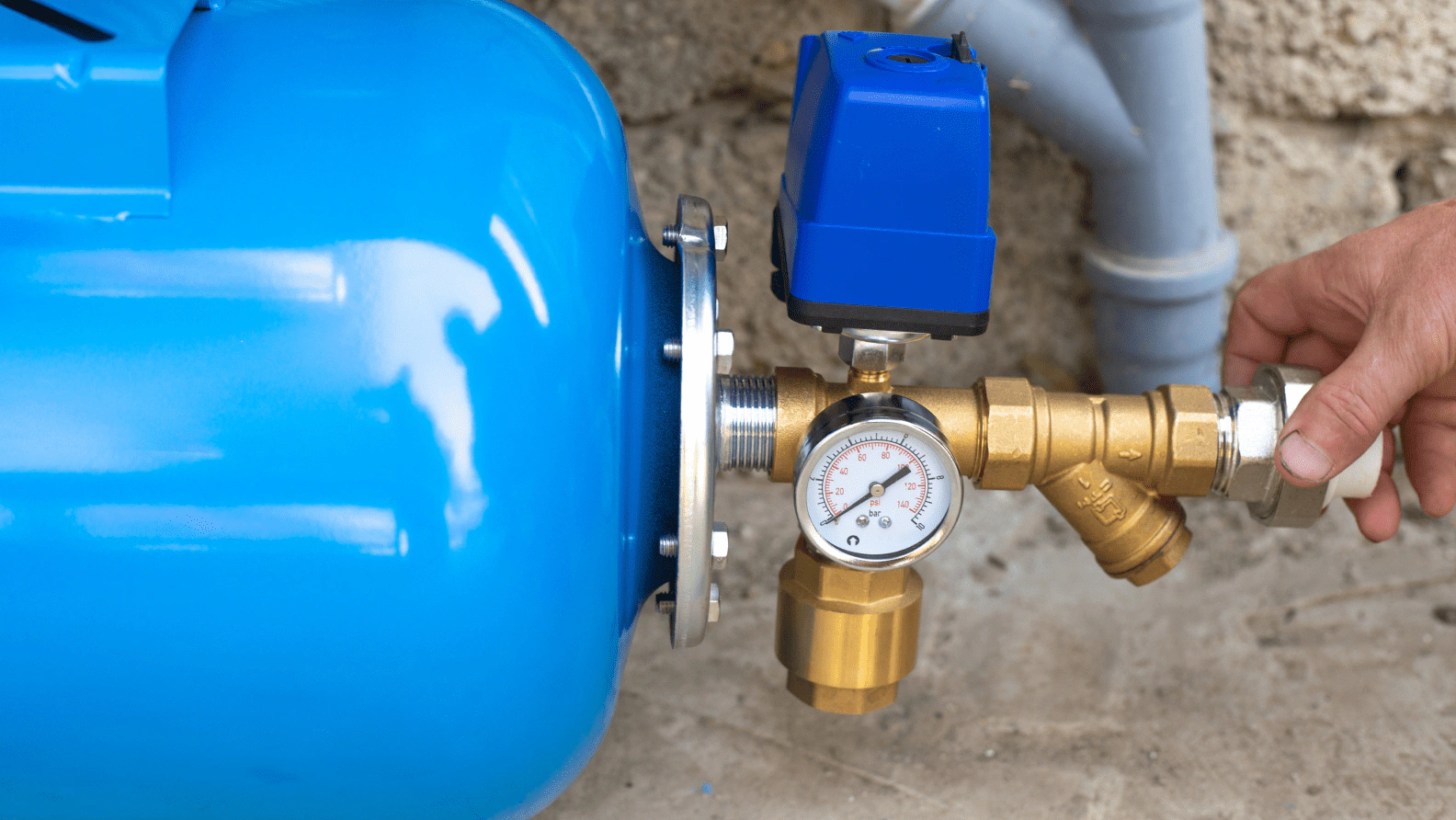How to improve water pressure in home? A full guide on how to raise the water pressure in your home

One of the most important things for a comfortable home is the water pressure. Low water pressure can make everyday tasks, such as taking a shower, washing dishes, or filling a tub, a challenge. You’re not the only one who has weak or inconsistent water pressure. A lot of homeowners have this problem, but the good news is that there are many ways to fix it and get better water pressure in your home.
We’ll talk about why low water pressure happens, what causes it, and some simple fixes that can help you get your home’s water pressure back to normal in this article.
Getting to Know Water Pressure
Before you start looking for answers, you need to know what water pressure is and how it affects your home.
Water pressure is the amount of force that water pushes through the pipes in your home. People usually measure it in pounds per square inch (PSI). When the pressure is higher, water moves through your plumbing system more quickly. This makes showers stronger, tubs fill up faster, and dishes wash more quickly. On the other hand, low water pressure makes the water flow weak, which can make daily tasks much harder.
Why is it important to have water pressure?
Strong water pressure makes sure that all the water outlets in your home work right. Not having enough pressure can make even simple tasks like these frustrating:
Showering: A showerhead with low pressure can make what should be a refreshing experience into an annoying one.
Washing Dishes: If the water pressure is low, it can take longer to wash and rinse, which wastes your time.
If it takes a long time to fill your bathtub, the water pressure is probably too low.
Low pressure in your garden hose or sprinkler system can make it harder to take care of your lawn.
Low water pressure: What causes it?
The first step to fixing low water pressure is to figure out what caused it in the first place. Here are some of the most common reasons why water pressure problems happen:
1. Pipes that are blocked
Over time, pipes can collect sediment, mineral deposits, and other junk. These blockages stop the water from flowing, which lowers the pressure. This happens a lot in older homes or places where the water is hard.
2. Pipes that leak
If your plumbing system has leaks, water can get out before it gets to where it needs to go. This can make the water pressure go down a lot. Sometimes, the leak may be hidden behind walls or under the floor, which makes it harder to find.
3. Broken pressure regulator
Your home’s pressure regulator might not be working right. A pressure regulator controls how much water comes into your house from the city. It could lower the water pressure in your home if it’s broken or set up wrong.
4. Problems with the municipal supply
Problems with the municipal water supply can sometimes cause low water pressure. You might have low pressure for a short time if your local water company is having problems or doing maintenance.
5. Pipes that are old or broken
Pipes that are old or rusty are more likely to have low water pressure. Over time, things like copper and galvanised steel can break down, causing rust and mineral buildup that stops water from flowing.
6. Fixtures that save water
Low-flow showerheads and faucets are great for saving water, but they can sometimes lower the water pressure. When you’re used to higher pressure, you might notice that these fixtures don’t let as much water through.
7. Problems with the water supply valve
If the main water valve in your house isn’t all the way open, it might slow down the flow of water into your house. If the valve is turned down by mistake or if it doesn’t work right, this can happen.
How to Check the Water Pressure in Your Home
It’s important to look at the situation before trying to fix low water pressure. You can check the water pressure in your home like this:
1. Look at the pressure at different fixtures
Test the water pressure at different places in your home to get a better idea of where the problem is. Begin with the shower, bathroom sinks, and kitchen tap. If only one fixture is having problems, it could be because that outlet is broken (like a clogged tap).
2. Get a pressure gauge
You can use a pressure gauge to check the water pressure by attaching it to a tap or hose bib. You can find these gauges at most hardware stores. You can easily attach the gauge to an outdoor tap or a threaded tap inside the house. After you connect it, turn on the water and look at the gauge. For most homes, the best water pressure is between 40 and 60 PSI. You probably have a problem with your water pressure if the reading is less than 40 PSI.
3. Look for changes
If you see big changes in water pressure during the day, it could mean that there is a bigger problem with the city’s water supply or your plumbing system.
Ways to Raise the Water Pressure in Your Home
Now that we’ve talked about the most common reasons for low water pressure, let’s talk about some things you can do to fix it in your home.
1. Clean or change the aerators and showerheads on your tap.
Cleaning or replacing the faucet aerators or showerheads could be an easy fix if the problem is only with one fixture. Over time, these small parts can get clogged with dirt and minerals. Cleaning them can help the water flow better, which will raise the pressure.
How to Clean a Showerhead or Faucet Aerator:
Take the aerator or showerhead off the fixture.
Put it in a mix of vinegar and water for a few hours.
Use a brush to get rid of any leftover buildup.
Put the showerhead or aerator back on.
2. Look for and fix any leaking pipes.
If you think that leaky pipes are what is causing the drop in water pressure, you will need to find and fix them. You can fix small leaks with pipe tape or sealant, but for bigger leaks, you might need to call a plumber to replace the broken pipe.
How to Find Leaks: Check for wet spots or signs of water damage on walls or floors.
Even when no water is being used in the house, check your water meter for strange readings.
If you can’t find the leak on your own, you might want to hire a plumber to do a leak detection test.
3. Get new pipes if the old ones are rusty or broken.
If the pipes in your house are old or rusty, it might be best to replace them. This can be a costly fix, but it will greatly increase the water pressure and the overall performance of your plumbing system. Modern materials that don’t rust include PEX (cross-linked polyethylene) and copper pipes.
4. Put in a water pressure booster
You might want to put in a water pressure booster if your home’s water pressure is always low. This device is meant to raise the water pressure that comes into your home. It can be very helpful in homes with more than one story or in places where the municipal supply has low pressure.
5. Look at and change the pressure regulator
It could be that your home’s pressure regulator is set wrong or not working properly. You can hire a plumber to look at the regulator and set it to the right level. Most of the time, the pressure should be between 40 and 60 PSI. If the regulator is broken, you will have to get a new one.
6. Make sure the main water valve is all the way open.
A partially closed main water valve is sometimes all that is wrong with low water pressure. Make sure the valve is fully open so that the most water can flow into your home.
7. Set up a water softener
If you live in an area with hard water, the minerals that build up in your pipes may be slowing down the flow of water. A water softener can help get rid of minerals like calcium and magnesium, which can lower scaling and raise water pressure.
8. Change out fixtures that don’t use much water
If you have low water pressure because of water-saving fixtures, you might want to switch them out for ones that let more water flow. Find models that are both efficient and provide good water pressure.
When to Call an Expert
Some problems with water pressure can be fixed easily at home, but others may need the help of a professional. If you’ve tried cleaning your faucets, fixing leaks, and changing the pressure regulator but nothing has worked, it might be time to call a plumber.
A licensed plumber can check out your whole plumbing system, find problems that aren’t easy to see, and suggest the best way to fix your water pressure. If your pipes are badly damaged or there are problems with the city water supply, you’ll need to hire a professional.
In conclusion
Low water pressure can be a big pain, but there are ways to fix it. You can get strong, reliable water flow back in your home by finding out what caused the problem and making some easy fixes, like cleaning the faucets, fixing leaks, or adding a water pressure booster.
If the problem keeps happening, don’t be afraid to call a professional plumber for help and advice. A professional can help you get your water pressure back to normal if it’s an old pipe, a broken pressure regulator, or a problem with your local water supply.




